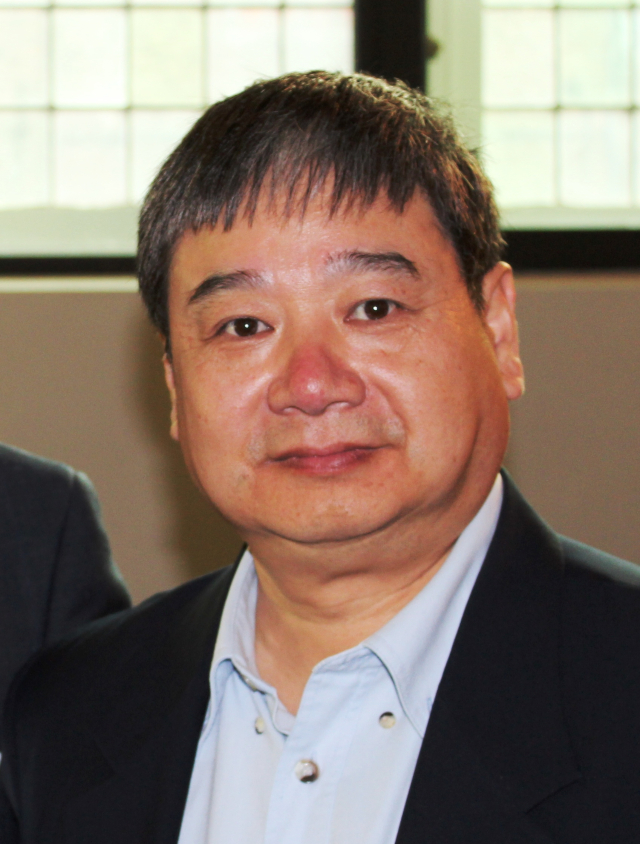SFNs: ATSC 3.0 a Great Enabler for an Old Technology
We’ve been hearing a lot about single-frequency networking lately, especially in connection with the rollout of ATSC 3.0. However, the technology has been around for a long, long time, with the first implementation taking place in the mid-1920s, and involving operation of radio stations fairly close to each other and sharing a common frequency.
This “synchronized broadcasting” technology involved the locking of transmitter carrier frequencies together (via a wired connection) to avoid unpleasant beat notes generated by the transmitter oscillators as they drifted slightly in frequency. (It helped if the two stations were broadcasting a common show [network-supplied, for instance] and weren’t geographically too far apart so that the slight delay due to audio delivery via telephone line wasn’t sufficient to cause an audible echo or “flanging” effect on consumer radio sets located midway between the common-frequency signals.)
During the 1950s and beyond, this sort of “on-channel” operation extended to television with the implementation of unlicensed “boosters” that retransmitted an off-air television station to small communities, or perhaps an individual, located in a valley area below the reach of the main TV signal. (These devices were typically located on mountain ridges with a receiving antenna directed at the desired station, followed by an RF amplifier feeding a transmitting antenna directed down into the valley without TV service.) These “boosters” could — and sometimes did — cause interference to television reception and other communications, and as such were a source of aggravation to the FCC. However, they did prove that on-channel operation of two or more transmitters was possible, if there was sufficient shielding from natural terrain to prevent multiple signals from reaching receivers.
[Read: Dallas ATSC 3.0 SFN Buildout Nears Completion]
Somewhat later, in the evolution of broadcast television, legal operation of such signal boosters or “gap-fillers” was permitted — but with care given to prevent interference to consumers in a station’s main service area through the use of terrain shielding and/or highly directional antennas.
Fast forward to the advent of digital television, and SFN technology took a giant leap forward due to the nature of the transmitted signal and the ability of receivers to reject unwanted signals (analogous to “ghosts” in analog television produced by reflections that create multiple signal paths). No longer did SFN implementers have to rely strictly on blocking of unwanted signals by terrain. According to ONE Media’s Fred Baumgartner, the very flat terrain in the Dallas/Ft. Worth area was one of the factors in locating the initial ATSC 3.0 SFN trial in that market, as it provides a “worst case” scenario in terms of terrain shielding.

Television industry consultant S. Merrill Weiss recognized early on, and engineered the world’s first ATSC 1.0 SFN in the State College, Penn., area to provide better coverage for the city’s WPSX-TV (now WPSU-TV). The use of DTV SFN technology has since spread to a number of other areas.
The professional video industry's #1 source for news, trends and product and tech information. Sign up below.
“There were 29 [SFN] applications filed before the repack,” said Weiss. “Of those 19 were approved before the freeze, and I believe all were built.”
Even though the technology has proven successful with ATSC 1.0, ATSC 3.0 should make television SFNs easier to implement.
“ATSC 1.0 is dependent on the design of the adaptive equalizer which can be quite different in its performance from receiver to receiver,” said Weiss. “ATSC 3.0 is dependent on the modulation that’s used, and all receivers will respond to it identically. And on top of that having multiple carriers (inherent in the 3.0 OFDM [orthogonal frequency division multiplex) signal] makes things a lot easier.”

Yiyan Wu, a scientist at Canada’s Communications Research Centre who has been heavily involved in the development of ATSC 3.0, added another factor in the signal’s potential versatility “ATSC 3.0’s OFDM modulation has a longer guard interval [than 1.0’s] and this provides more protection,” said Wu. “ATSC 1.0 uses variable equalization, and the longest echo that it can handle is about 64 microseconds. ATSC 3.0 can handle 150 microseconds. Longer echo means that your power can push out further. The longer the guard interval, the less transmission power you need.”
James E. O’Neal has more than 50 years of experience in the broadcast arena, serving for nearly 37 years as a television broadcast engineer and, following his retirement from that field in 2005, moving into journalism as technology editor for TV Technology for almost the next decade. He continues to provide content for this publication, as well as sister publication Radio World, and others. He authored the chapter on HF shortwave radio for the 11th Edition of the NAB Engineering Handbook, and serves as contributing editor of the IEEE’s Broadcast Technology publication, and as associate editor of the SMPTE Motion Imaging Journal. He is a SMPTE Life Fellow, and a member of the SBE and Life Senior Member of the IEEE.

